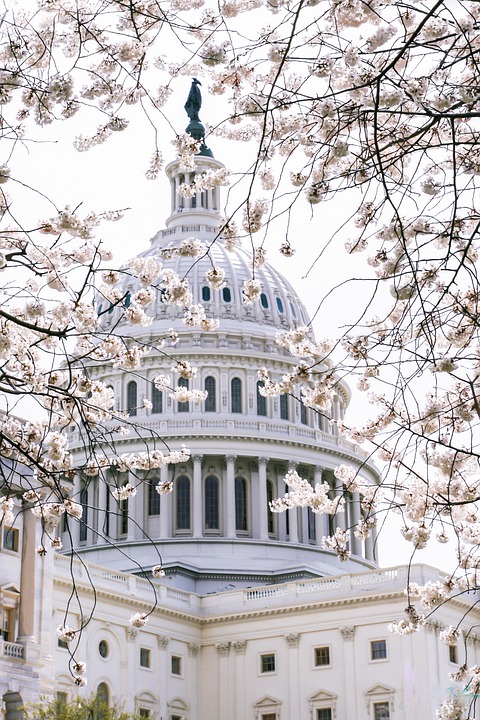
Segal, a major provider of actuarial and employee benefits consulting services to plan sponsors and employee benefit plans across the United States, has taken a lead in urging Congress to provide relief to troubled multiemployer pension plans. In a letter directed to Mitchell McConnell, Major Leader of the U.S. Senate; Charles Schumer, Minority Leader of the U.S. Senate; Nancy Pelosi, Speaker of the U.S. House of Representatives; and Kevin McCarthy, Minority Leader of the U.S. House of Representatives, Segal stressed that the multiemployer pension system was already in need of federal relief prior to COVID-19.
The company stated that, before the pandemic hit, an estimated 130 plans covering over 1.4 million workers, retirees and beneficiaries, were projected to become insolvent. This would cause the Pension Benefit Guaranty Corporation to exhaust its multiemployer insurance program assets in 2025. For those covered individuals, their hard-earned pensions would be reduced to pennies on the dollar, prompting significant economic impacts.
More specifically, Segal cited a letter it had drafted back on June 21, 2018 addressed to the Joint Selection Committee on Solvency of Multiemployer Pension Plans. It said, “Absent corrective action, over one million workers, retirees, and beneficiaries will see their hard-earned pension benefits drop to less than $150 a month and, in many cases, an even lower monthly amount.” Segal delineated the actions it believes Congress should take to help both those plans in distress, as well as the majority of multiemployer pension plans that will not require financial assistance to remain solvent.
Multiemployer Pension Plan Relief Measures
Segal is asking Congress to consider measures taken in response to the 2008 financial market collapse and the ensuing Great Recession. At the time, two pieces of legislation were passed: the “Worker, Retiree, and Employer Recovery Act of 2008” (WREA’08) and the “Pension Relief Act of 2010” (PRA’10). WREA’08 allowed multiemployer plans to “push the pause button” and use their prior year zone status certification to the current plan year. PRA’10 permitted eligible plans to recognize investment losses from 2008 and 2009 over an extended period of time. Both laws helped plans rebuild their funding levels and meet their required funding benchmarks. Segal states that similar measures now would significantly benefit multiemployer pension plans, giving them much needed flexibility and the opportunity to develop action plans to maintain their plans’ financial stability.
Segal is emphasizing the need to address the COVID-19 crisis by providing significant federal funding for multiemployer pension plans, developing multiemployer pension system reforms that are both balanced (i.e., do not impose single-employer funding rules on multiemployer plans) and practical, and providing temporary funding relief from statutory funding requirements.
More about the Multiemployer Pension System
The multiemployer pension system is comprised of approximately 1,250 multiemployer pension plans which cover 10.8 million workers, retirees and beneficiaries. In 2018, these plans were providing benefits totaling $44 billion to an estimated 3.8 million retirees and beneficiaries. In a January 2019 study, the National Institute on Retirement Security estimated that each $1.00 of multiemployer pension payments supports a total economic output of $2.13, demonstrating the importance of these plans to local economies.








